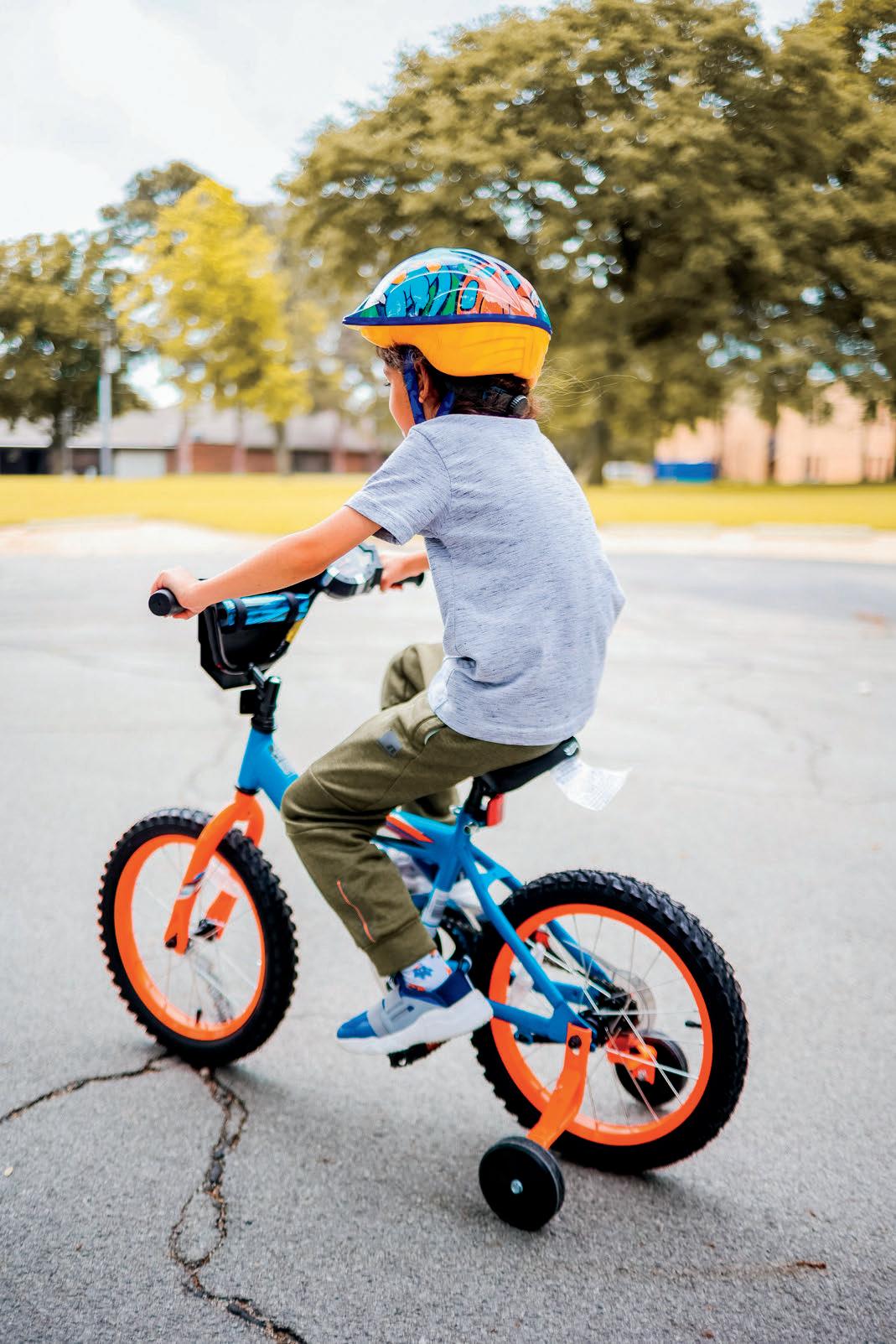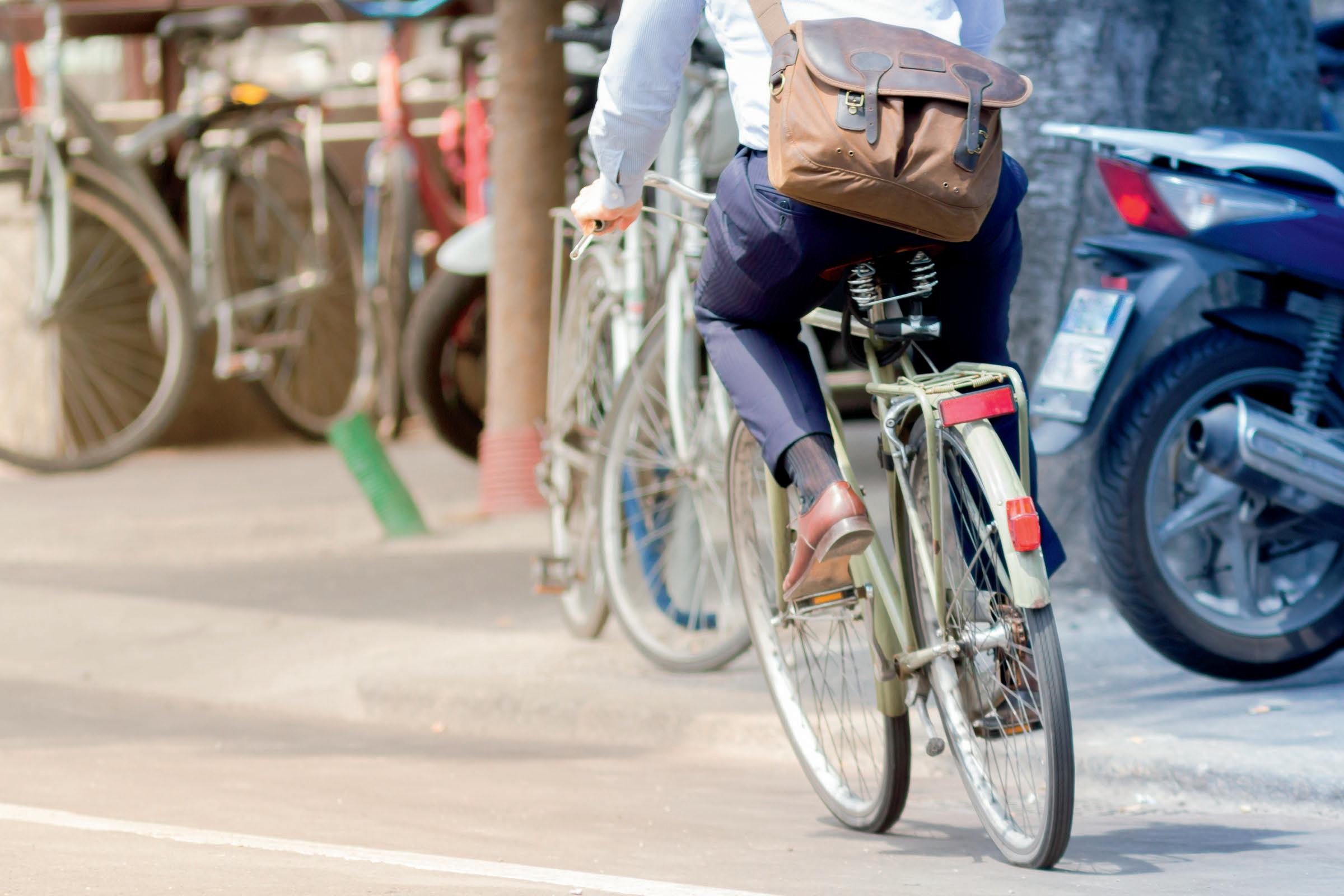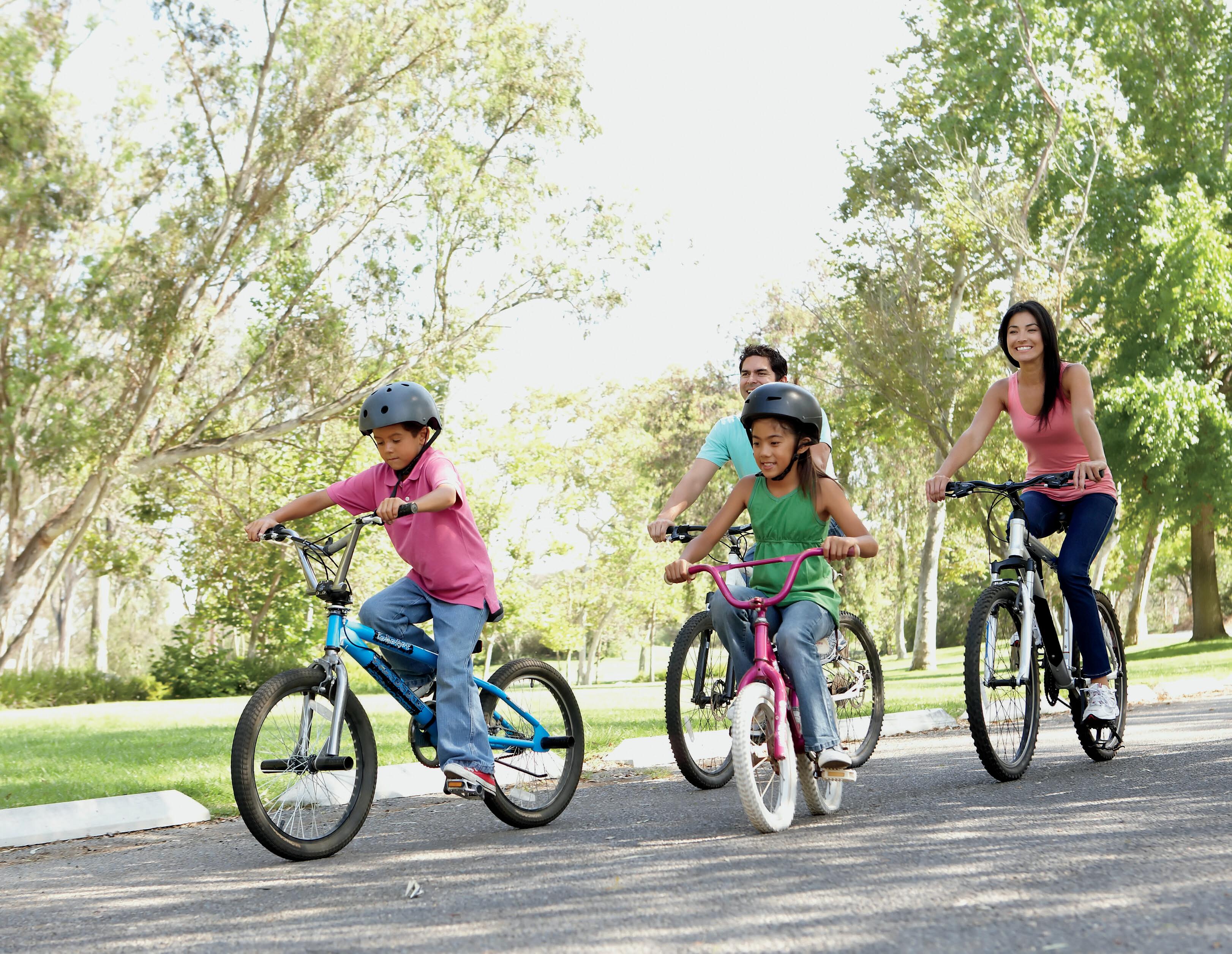S P R I N G
GUIDE









Transportation accounts for 30% of our community's greenhouse gas (GHG) emissions. It's smaller than GHGs produced by heating and cooling buildings and homes, but adopting low-carbon transportation options can be easier to do. While the switch to electric vehicles (EVs) helps get the emissions out of our community, it essentially relocates them to where the energy is produced (unless you're completely generating all your own electricity off the grid, then hats off to you!).
The (whole) answer isn't just swapping all gas cars for electric ones. It's swapping cars for bikes of all kinds, public transportation, and walkable neighborhoods. An objective of Princeton's Climate Action Plan is to reduce community-wide miles traveled by a fossil-fuelpowered vehicles. This issue is dedicated to making your spring commute a little greener and maybe a bit more fun. You don't need a new bike or new anything—just a little patience and an open mind to going a different way, literally.


eBikes can be great for people who travel longer distances, need a little help on hills, or don't want to break a sweat. We love eBikes because they are more energy efficient than EVs, but good old people-powered bikes are a phenomenal option (and still offer the most health and environmental benefits).
eBikes come in multiple classes, which are based on their top speed. It's good to note that the super-fast eBikes (also called Class 3) cannot be ridden on off-road trails like the D&R Canal path. The best way to decide is to take one out for a test ride and see for yourself. Luckily, there are lots of great bike shops right in town.
Unlike EVs, you don't need to install a special charging station at home. Most eBike batteries can plug into a standard outlet. Some eBikes have external batteries you can detach and carry into your apartment or office to charge. Other models have integrated batteries that cannot be removed from the bike; those might be better suited to garages with outlets. Consider where you will be doing most of your charging to know what model to get.

A great beginner eBike. The motor kicks in only when you pedal and stops helping at 20 mph. There is no throttle, and you can ride these bikes on streets and most off-road bike paths. These bikes tend to be the most affordable.
These bikes have the most petalassisting power and are popular with the daily commuter crowd. They have a max speed of 28 mph. While they are more expensive, if you plan to use your eBike to commute, run errands and haul cargo, it may be worth the investment. It's important to note that these bikes are not allowed on off-road trails.
Class 2 bikes also offer a pedalassist mode up to 20 mph as well as a purely throttle-powered mode (so, no peddling required). Because of the throttle, these bikes are allowed on only some off-road trails.

Scan the QR code to read more about selecting eBikes on our website or visit:
SustainablePrinceton.org/transport ation/consider-electric-options/

You may have noticed as you drive (or walk or ride) around town some strange new markings on certain roadways. These, accompanied by post-mounted signs, indicate streets which have been designated in Princeton’s Bicycle Mobility Plan as Bicycle Boulevards. You can be forgiven if you then ask the question: what the heck is a bike boulevard?

According to our Master Plan: Bicycle boulevards are low-speed, low-volume roadways that are designed to prioritize bicycle movement. . . Bicycle boulevards use a combination of signage, pavement markings, traffic calming, and/or volume management tools to create a comfortable, low-stress environment for bicycle travel. The specific mix of traffic calming and/or volume management design elements should be decided on a project-by-project basis based on the unique context, needs, and traffic patterns of a given street.”
Princeton’s bike boulevards are a work in progress – while currently only designated by signage and pavement markings, we hope to lower speeds on this network with future traffic calming improvements, as well. If you look at a map of the system, you will see that many of our public and private schools are connected to the circuit, and our hope is that these boulevards will form the backbone of a robust Safe Routes to School network, helping our kids to form an early commitment to sustainable living.
Scan to see a map of Princetons' bike boulevards or visit: sustainableprinceton.org/blog/bike-boulevards/
Scan to learn more about Princeton's Pedestrian Bicycle Advisory Committee (PBAC) or visit:
princetonnj.gov/601/Pedestrian-Bicycle-Advisory-Committee
It's better to replace appliances when you aren't using them. Now that the weather is warmer, consider tackling a home heating project. Explore replacing your heating system with a heat pump or EnergyStar efficient appliance (and take advantage of the $ rebates)! A home energy audit can help you get started.

It seems counterintuitive to our car-centric culture, but if you can, challenge yourself to try living car-free for one day (or more). Could you walk, bike,

train or take a free public bus to your destination? If not could you carpool? Try it!
Fun fact: Sustainable Princeton's executive director, Christine Symington has been living car-free since 2020! Proof that it is possible!

